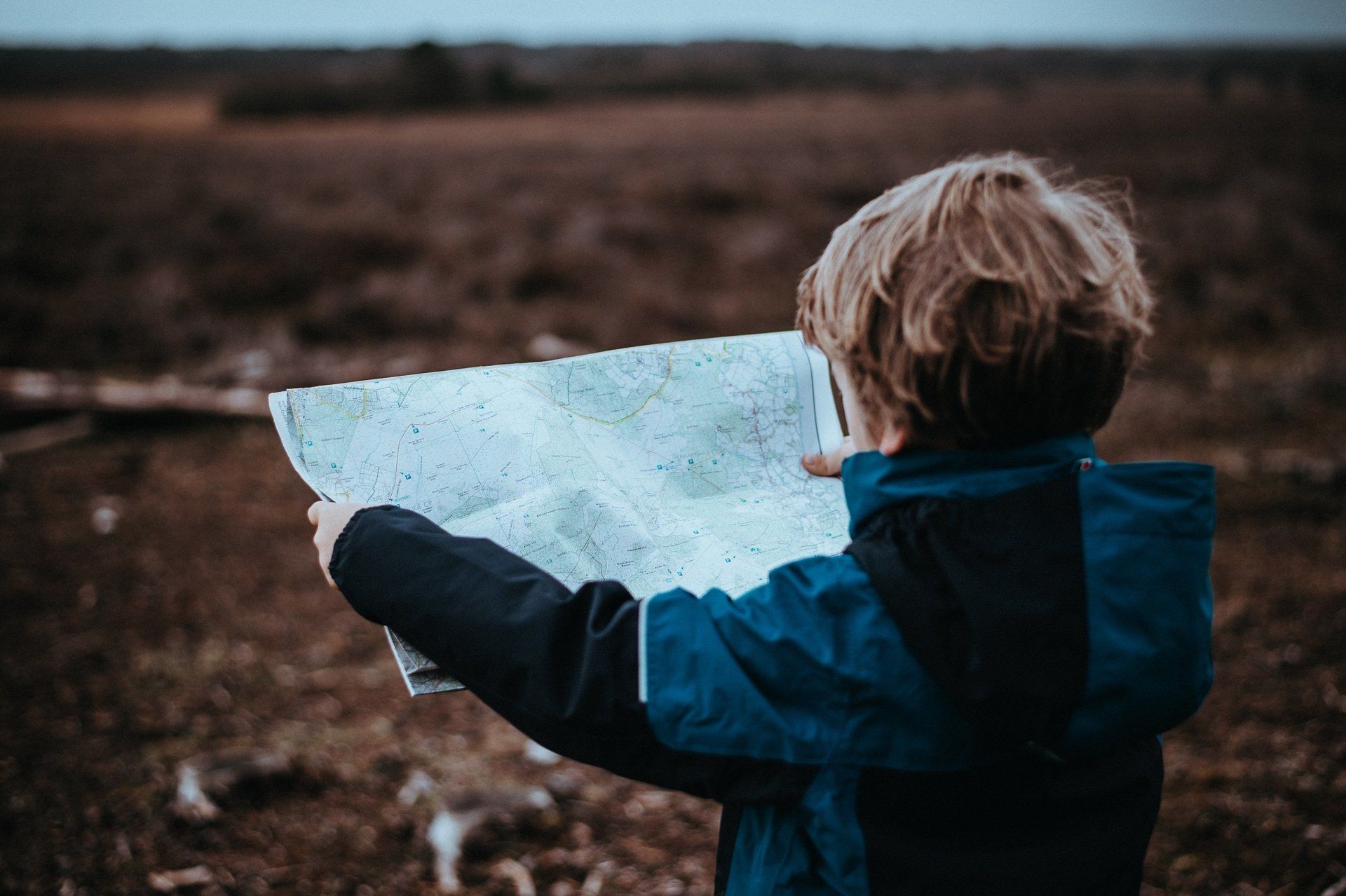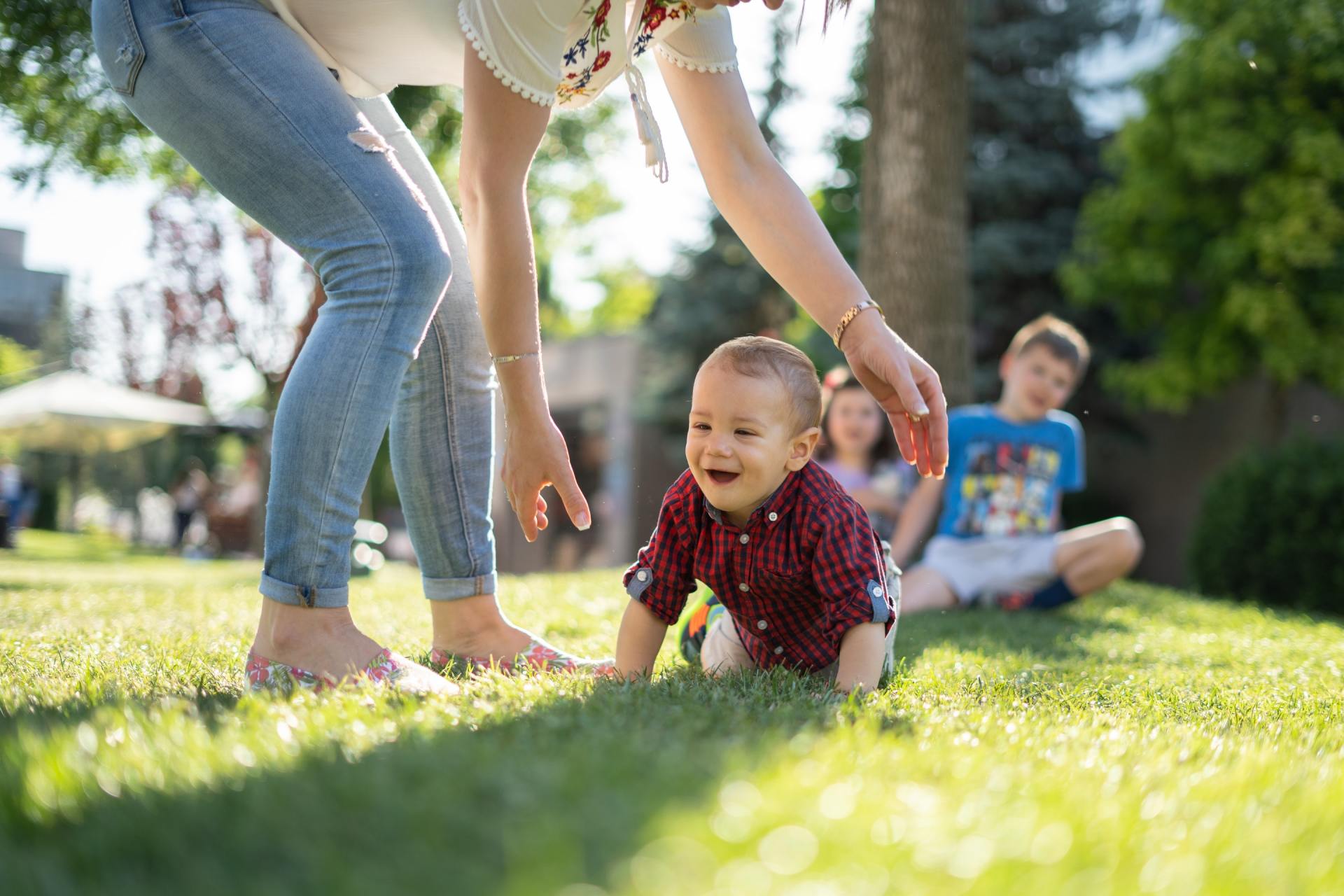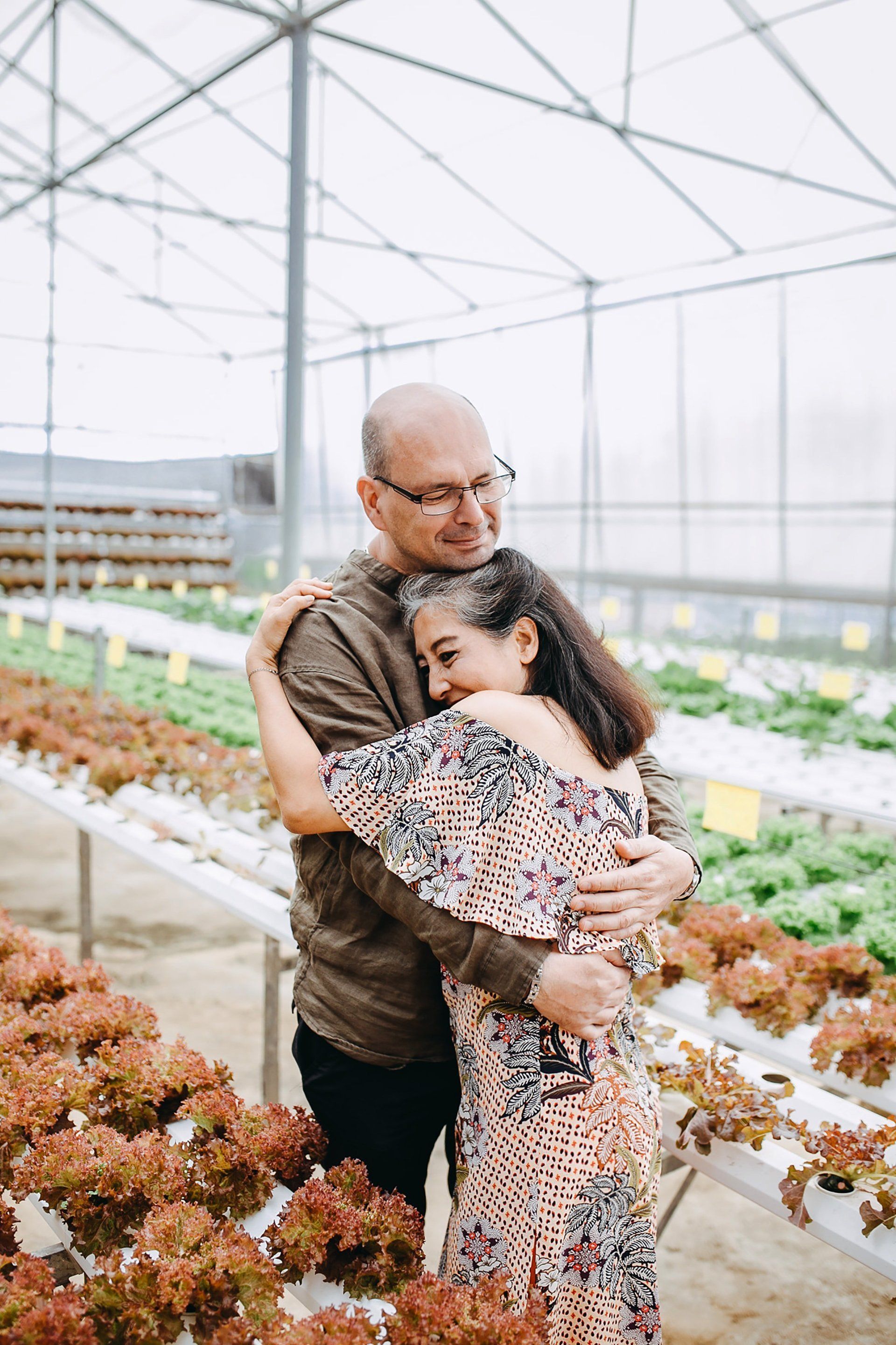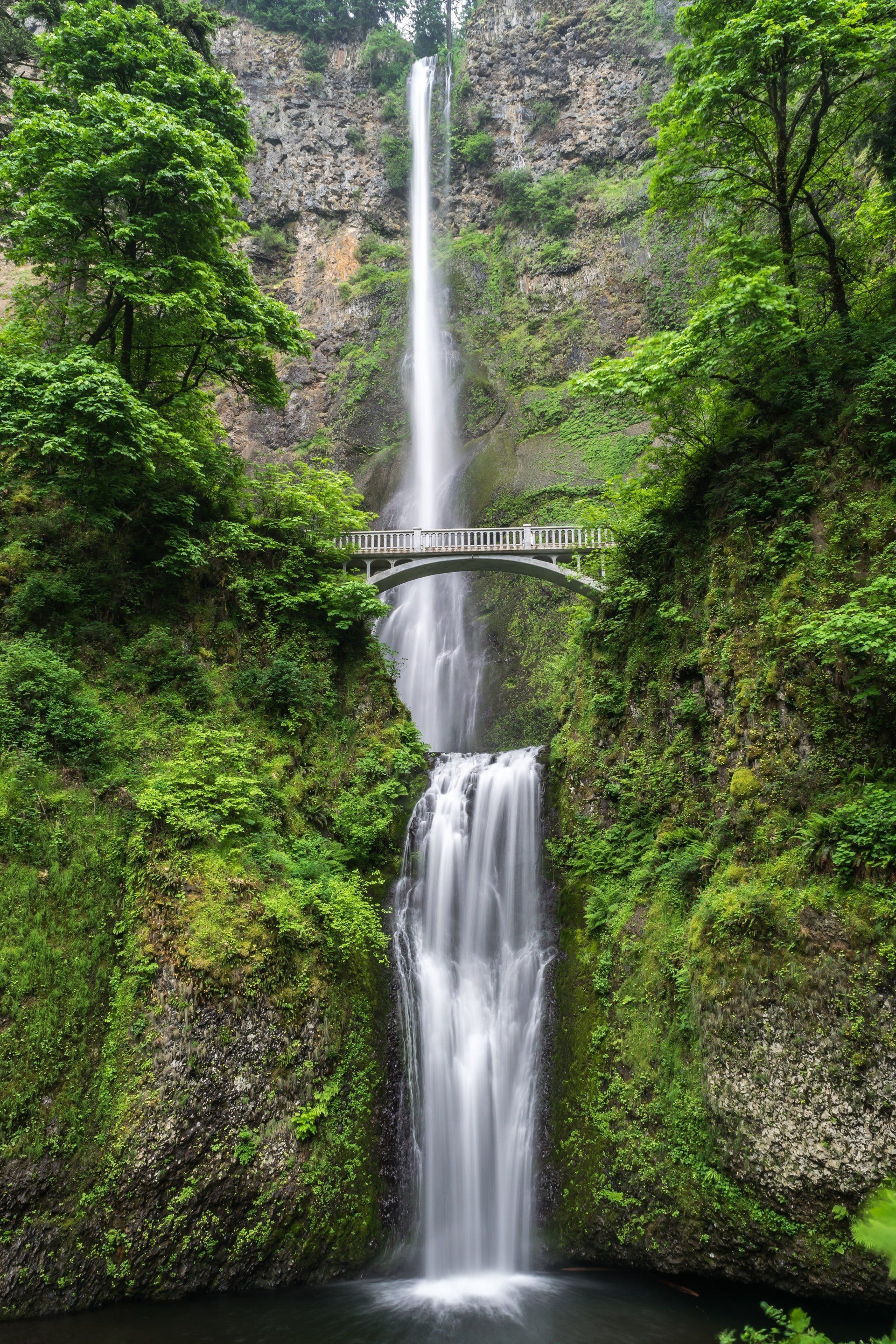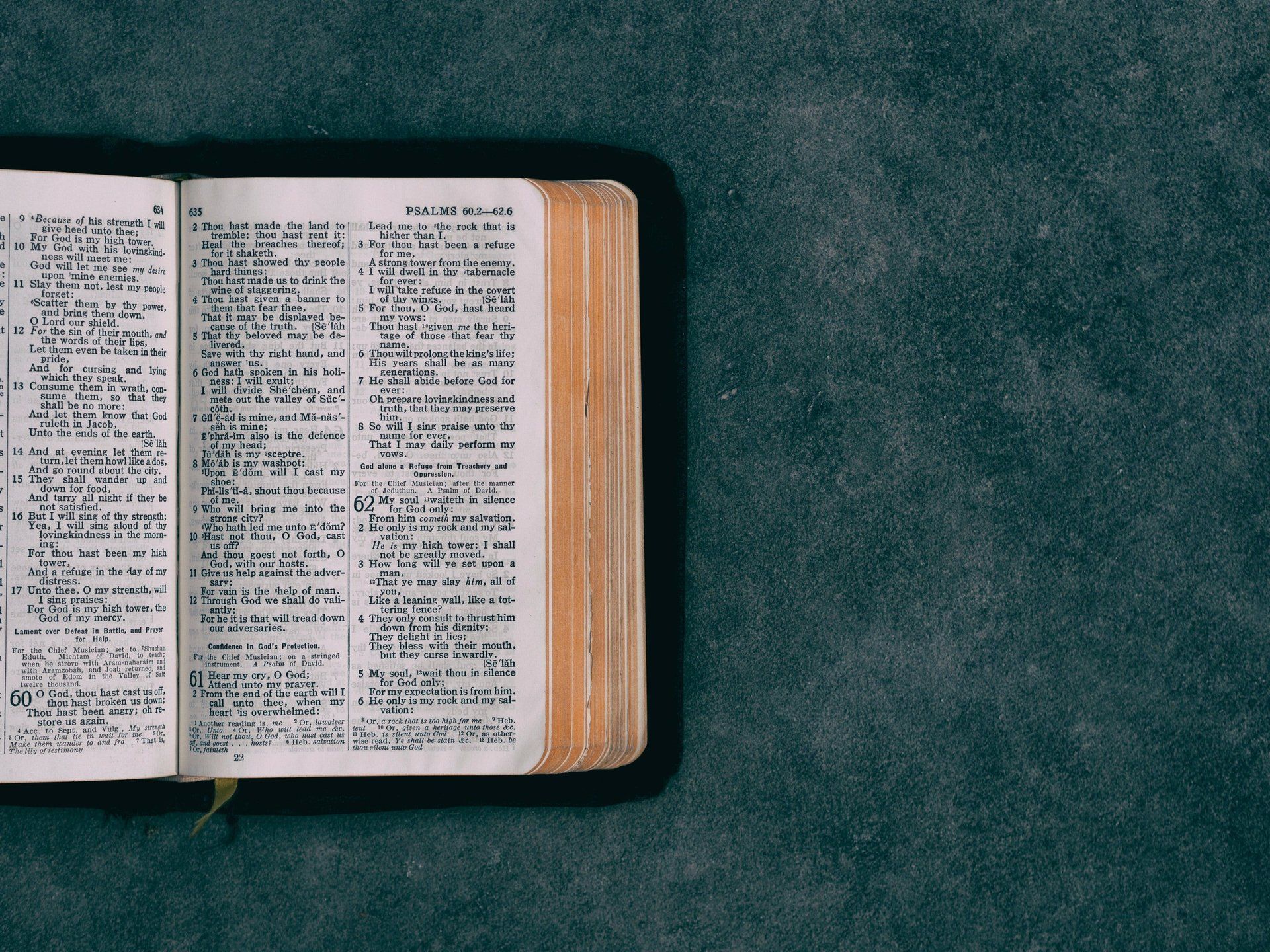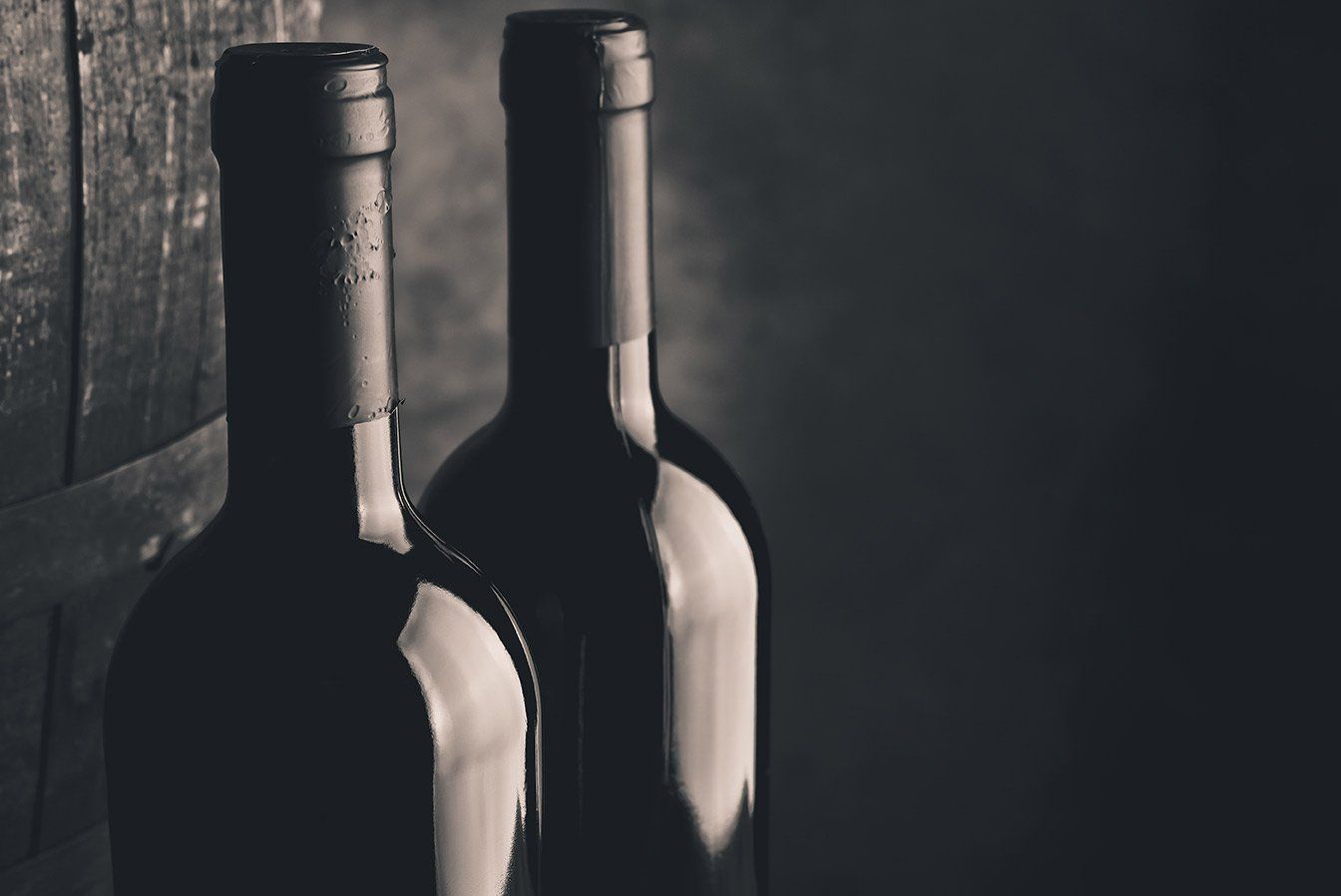Australian native plants are known to be hardy, are low-maintenance plants to grow and upkeep. Australian natives thrive in Australian conditions and won’t require too much preparation work to ensure they grow correctly. Many native species can survive entirely on rainfall alone, so there’s no need to get out the hose! If you’re a one-and-done kind of a gardener, consider an Australian native garden.
There has been a lot of work carried out on creating garden cultivars over the past decades. Grevilleas have proven extremely well suited to hybridisation and now come in a wide range of colours and forms. We have the rich honey tones of Golden Lyre, the pale creamy white of Moonlight and even the pale lilac flowers of the superb shrub Grevillea Dorothy Gordon.
Today, many of these plants are used for native garden design, from sustainable pioneers to patriotic horticulturists, green thumb wizards experimenting with different plants to botanical gardens keen to promote Australia’s beautiful trees, shrubs and flowers.
Fiona Brockhoff is one of Australia’s most celebrated Landscape Designers. Her subtle and thoughtful gardens are grounded in the landscapes which surround and inspire them. Fiona is renowned for her creative and experimental use of indigenous plants, with many pruned and shaped in her own garden ‘Karkalla’ located on the southern end of Victoria’s Mornington Peninsula. She has been instrumental in introducing native Australian species into the garden showcasing how our native species can be woven into our garden stories.
You would be wrong to assume that all native gardens have to be wild places. Many native species are well adapted to topiary and shaping. The Coastal Rosemarys are a great subject for shaping. Westringia Blue Moon is a hardy, compact variety with dense foliage growth that is perfect for low hedges, pathway borders or layered gardens while it’s cousin Westringia ‘Wyanabbie Gem’ can be shaped into larger domes between 1.2-1.5m round. Acmena smithii Allyn Magic will naturally form a mounded shape and can be easily trimmed into small compact balls. These can look great against the strappy leaves of Lomandras. Yes, I know Lomandras have a bit of a bad name, but there are many more delicate and elegant varieties to choose from other than the common Matt Rush. Lomandra Tropic Cascade is a great lush green variety with long arching leaves well suited to our humid summers. Lomandra Shara is a delicate and compact dwarf grass that adds a light texture in the garden border.
If you’re looking for a dramatic plant, then Doryanhthes palmeri or the Giant Spear Lily is an excellent choice. This native succulent perennial from the eastern seaboard grows in large rosettes of leaves reaching three metres in length, with 5m tall flower spikes rising up from the centre of the plant in the Springtime.
There are so many beautiful and hardy shrubs available to the gardener. Correas and Hakeas are really a delight. Adenanthos sericeus (Dwarf Woolly Bush) and Prostranthera nivea (Snowy Mint Bush) are excellent shrubs and Myoporum parviflolium (Creeping Boobiella) makes a great dense ground cover with the bonus of hundreds of tiny star shaped flowers.
Here in my own garden at Chalk House I have been experimenting with native plants for several years, expanding my native garden and playing with textures and forms to create a low maintenance garden style that is both beautiful to look at and resilient to the recent changing weather patterns. I have really enjoyed working with native plants as part of my garden journey here in Australia and look forward to adding more native gardens to my property over the coming years.
Visit Clark+Granger at www.cplusg.com.au or phone 0456 111 120 to find out more.
MORE SCENIC NEWS
-
A NEW CHAPTER FOR WOLVES BASKETBALL
Mar 28, 2024ButtonAs the sun sets on an incredible experience, it's time for me, Adam Chanter, to say farewell as the Pre...
-
GRAND OPTIONS CATER TO MOST NEEDS AND TASTES
Mar 28, 2024ButtonFor weddings, services can be held in The Old Church, which stands as a proud member of architecturally sig...
-
ANNE HOITINK – APRIL 2, 1945 – MARCH 15, 2024
Mar 28, 2024ButtonMigrated to Australia on 29 November 1952, aged 7 years. Going directly to the suburb of Reid in Canber...
-
GREAT SUCCESS FOR LITTLE ATHLETES
Mar 28, 2024ButtonRuby, Lily, Talia, Torah, Hugo, Leiawyn, Aric, Dean, Mitchell, Harvey and Noa; you all should be so proud ...
-
COMMUNITY CAMERA ALLIANCE – YOUR CHANCE TO HELP
Mar 28, 2024ButtonIt's essential for community members to remain vigilant and take steps to safeguard their properties and vehicle...
-
KERRI: AN HONOUR TO FILL THE ROLE FOR DIVISION 2
Mar 28, 2024ButtonDuring the pre-poll part of the campaign, I was very grateful for the opportunity to be able to meet an...
-
GALLERY’S $30,000 MAJOR ART AWARD RETURNS
Mar 28, 2024ButtonThe award, named after the sacred mountain which the Gallery overlooks, is open to artists living across the...
-
DO HOP IN FOR A NEW MONTE LUPO EXHIBITION
Mar 28, 2024ButtonMonte Lupo was established by Multicap in 1991 to provide meaningful employment to people living with di...
-
BREACH OF CODE: RULING ON MAYOR CHRISTENSEN RAISES MORE VOTER CONCERNS ON ELECTION EVE
Mar 14, 2024ButtonAdditionally, Christensen is to bear his legal costs, with a warning that any future infractions will be classifie...
-
THE LONG ROAD SPORTS CENTRE AND REGIONAL SPORT - WHERE DO YOU STAND
Mar 14, 2024ButtonThe SRRC Sports strategy 2010-2020 is to be shortly superseded by the 2024 – 2034 SRRC Sports Strategy....
LOCAL BUSINESS
COLUMNS
-
Beauty & Wellness
ButtonWriter: Rebecca Mander - Naturally Cos
-
Community Care
ButtonWriter: Geoff Marshall
-
Embrace
ButtonWriter: Jaap Vogel
-
Food for Thought
ButtonWriter: Dylan Gittoes
-
Hooked on Books
ButtonWriter: Friends of TM Library
-
Living with Dogs
ButtonWriter: Pam Brandis (Dip. Canine Prac.)
-
Nature Notes
ButtonWriter: Nadia O’Carroll
-
Pastor Kim
ButtonWriter: Pastor Kim Dale
-
Physio Talk
ButtonWriter: Neil Bell (Tamborine Mountain Physique)
-
Police News
ButtonWriter: Sgt Mark Shields
Officer in Charge
North Tamborine Police
-
Politics
ButtonWriter: Local Councillors and Representatives
-
Relationships
ButtonWriter: Linda Gray
-
The Mtn Midwife
ButtonWriter: Bree Lowing (Registered Midwife)
-
Travelling Places
ButtonWriter: Travelling Places Tamborine Mtn
-
Wine chat
ButtonWriter: Imogen Mulcahy
-
Yoga Under the Bodhi Tree
ButtonWriter: Margot Wagner
Your Local Paper
to read, keep & share

Your Local Paper
to read, keep & share
CONTACT
PO Box 118, North Tamborine Qld 4272
Phone: 0407 671 286
Email:
news@tmnews.com.au
ads@tmnews.com.au
Design by BjornSchmal.com

